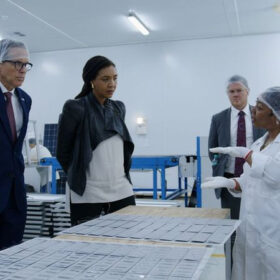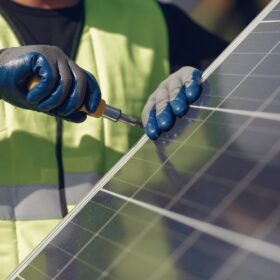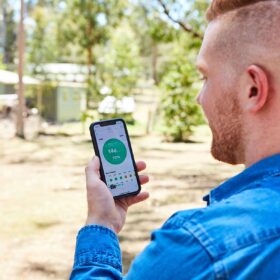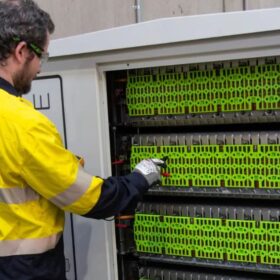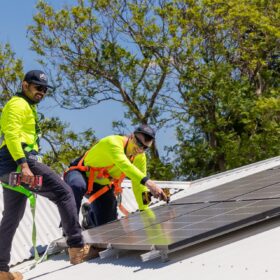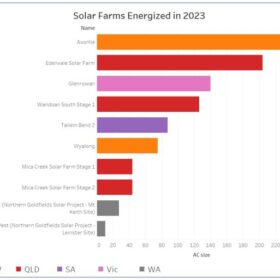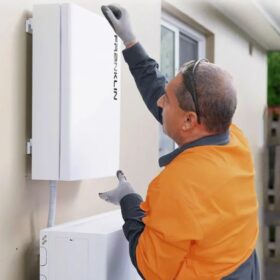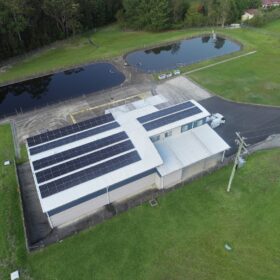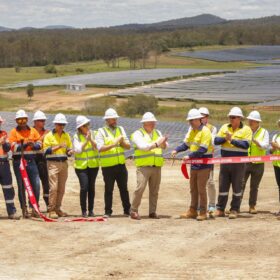The path beyond 5 TW
With the COP28 climate summit in Dubai resulting in a pledge of at least 11 TW of renewables generation capacity by 2030, Bruce Douglas, chief executive officer (CEO) of the Global Renewables Alliance (GRA), examines the outcomes of the conference and their likely impact on the solar industry.
Weekend Read: Blackouts trigger a PV pivot
Decades of mismanagement have eroded trust in South Africa’s state-owned energy utility, Eskom. Last year, households and businesses suffered daily blackouts of up to 10 hours, or even longer. Solar and battery energy storage are booming but a domestic PV manufacturing industry has yet to materialize.
Solar waste tipped to provide material supply security
Researchers from the University of New South Wales have rejected suggestions that end-of-life solar panels will create a “waste mountain” in Australia, saying instead that they could serve as valuable material reservoirs for future production.
Amber eyes international market after $29 million raise
Commonwealth Bank-backed energy retailer and technology company Amber Electric has raised $29 million (USD 18.9 million) in capital that is earmarked to scale the business in Australia and to take its battery and electric vehicle automation software offshore.
Solar self-consumption boosted as battery cuts grid imports by 94%
The economic benefits of integrating battery energy storage solutions in commercial settings have been highlighted by Relectrify which has released data showing that a recently commissioned 120 kW Revolve battery has reduced the customer’s import of energy from the grid by more than 94%.
Australia’s power future could be virtually guaranteed
The severe heatwave that moved across Australia in recent weeks, initially in Western Australia, Queensland and then New South Wales, highlights that it is only going to get tougher to maintain a secure, reliable electricity system as our climate warms and demand for energy continues to increase.
Market analyst calls for change as solar farm development slows
A slowdown in large-scale solar farm development has not been enough to derail near record annual growth in Australia’s solar market with data from SunWiz showing 4.6 GW of PV capacity was installed across the country in 2023.
FranklinWH scores ticks of approval for home energy management system
A new AC-coupled residential storage solution, which integrates the use of solar, battery storage, energy control and management technologies, will be available to consumers in South Australia and Victoria after the product secured approval for use in the two states.
NSW council turns to solar to power water and sewer sites
The MidCoast Council in the New South Wales Hunter region has made the shift to solar to help power its water and sewer infrastructure as part of a broader commitment to powering all council operations with 100% renewable energy by 2040.
Consumers say bigger is better for rooftop solar but on a budget
Solar panel and system prices are on the decline but figures provided by energy industry analyst SunWiz show that an increasing number of Australian households are opting to forgo savings in search of increased generation capacity.

